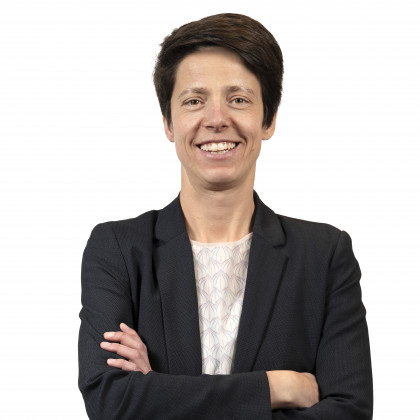Paper
"There is a great need for valuable ex vivo models that allow for assessment of cartilage repair strategies to reduce the high number of animal experiments.
In this paper we present three studies with our novel ex vivo osteochondral culture platform.
It consists of two separated media compartments for cartilage and bone which better represents the in vivo situation and enables supply of specific factors to the different needs of bone and cartilage."
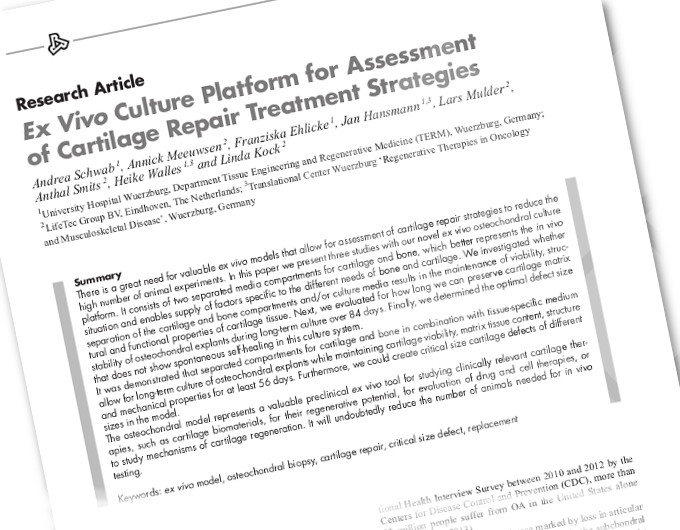
Keywords
ex vivo model | osteochondral biopsy | cartilage repair | critical size defect | replacement
Authors
Andrea Schwab, Annick Meeuwsen, Franziska Ehlicke, Jan Hansmann, Lars Mulder, Anthal Smits, Heike Walles and Linda Kock
Purpose of this study
"In this study we developed a culture platform that allows for ex vivo long term culture of at least 56 days of osteochondral biopsies under controlled conditions, while maintaining cartilage tissue content, structure and mechanical properties. As such, it is a predictive platform suitable for preclinical assessment of cartilage repair strategies in critical size defects."
Abstract
There is a great need for valuable ex vivo models that allow for assessment of cartilage repair strategies to reduce the high number of animal experiments. In this paper we present three studies with our novel ex vivoosteochondral culture platform. It consists of two separated media compartments for cartilage and bone which better represents the in vivo situation and enables supply of specific factors to the different needs of bone and cartilage.
We investigated whether separation of the cartilage and bone compartments and/or culture media results in the maintenance of viability, structural and functional properties of cartilage tissue (study A).
Next, we evaluated for how long we can preserve cartilage matrix stability of osteochondral explants during long-term culture of 84 days (study B).
Finally, we investigated what the optimal defect size is without spontaneous self-healing occurring in this culture system (study C).
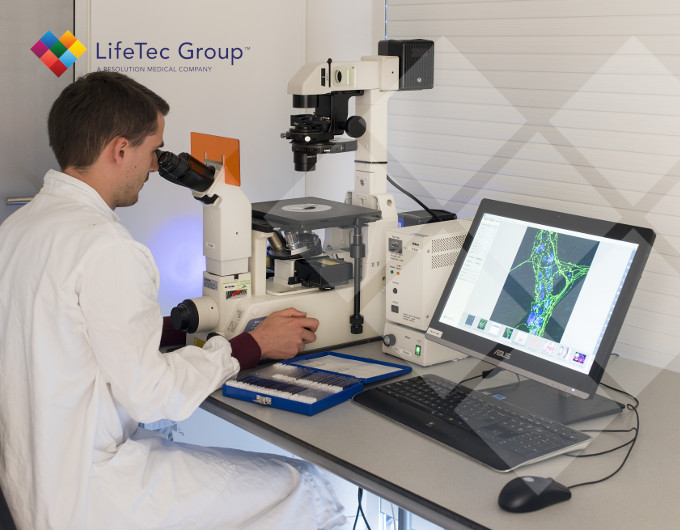
It was demonstrated that separated compartments for cartilage and bone in combination with tissue-specific medium allows for long-term culture of osteochondral explants, while maintaining cartilage viability, matrixtissue content, structure and mechanical properties up to at least 56 days. Furthermore, it was shown that we can create critical size cartilage defects of different sizes in the model.
Fig. 1: Schematic illustration of the platform for ex vivo culture of osteochondral explants in study A
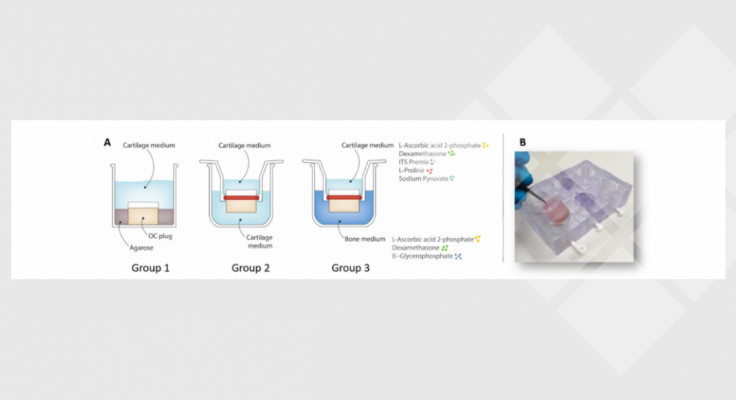
Fig. 2: Schematic illustration of the osteochondral defect model in study C
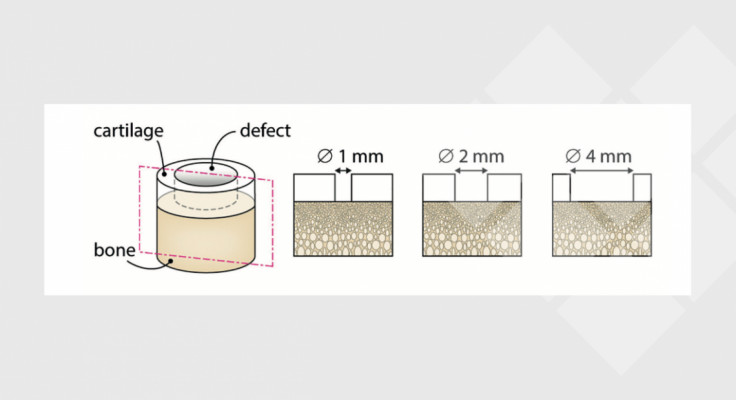
Conclusion (of this study was)
The osteochondral model represents a valuable preclinical ex vivo tool for studying clinically relevant cartilage therapies, such as cartilage biomaterials for their regenerative potential, evaluation of drug and cell therapies or to study mechanisms of cartilage regeneration, which will undoubtedly reduce the number of animals needed for in vivo testing.
Download journal publication:
HydroZONES – The work leading to these results has received funding from the European Union Seventh Framework Programme (FP7/2007-2013) under grant agreement no 309962.
- COLOFON
European Union, Seventh Framework Programme (FP7/2007-2013)
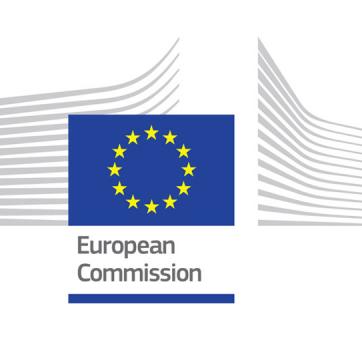
Interested in more about what we do at LifeTec Group? Contact us!
Call at +31 40 2989393 Or e-mail us
